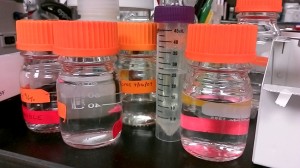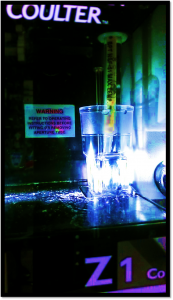It’s May.
Already.
We had our “graduation” on Saturday; although it felt more like a commencement/start of Phase II than a valediction. For me, that means leaving the classroom and returning to school, full-time, in the fall to pursue my PhD. This decision grew directly from my Kenan experience, in which I realized that I am stronger than I think and I can do more than I know.
Phase II for me also involves me taking on a more public role as an advocate for students, teachers, and families. I come from the theatre world, where I worked decidedly behind the scenes. I had no interest in the publicity of an actor’s life; I preferred to create with my hands deep into the early morning hours. And while I have since left the physical backstage behind in a past life, ghosts of the theatre still tug at me. For example, I dressed in all black for our school’s recent Math and Science Night: ready to go behind the scenes and stage manage. I am the woman behind the curtain; pay no attention to me.
Except that, for all of the ritual of education, teaching and theatre diverge. At some point, it isn’t enough to bear down, nose to the grindstone, in search of a beautifully, effortlessly elegant seam. Kids don’t work that way. And neither do communities in which they live.
And so, I need to step forward and realize that I *am* “that teacher,” the one who pushes boundaries, who gives voice to ideas, who connects resource with resource at a level beyond just my school or district. It is time for me to take on a new role, one I never saw for myself.
So maybe, instead of “Phase II,” I am really about to enter “Act II.” Either way, the curtain is rising…

